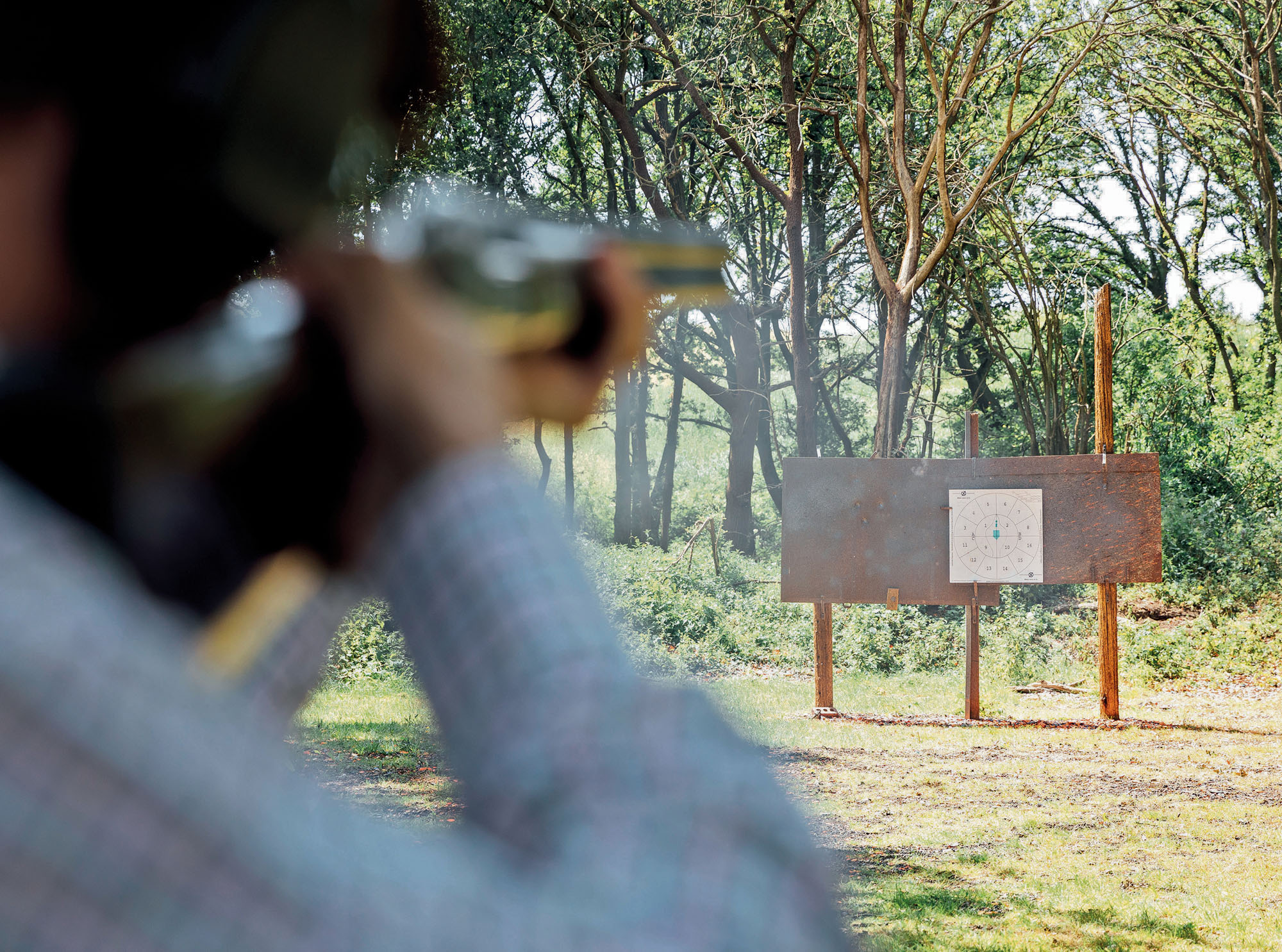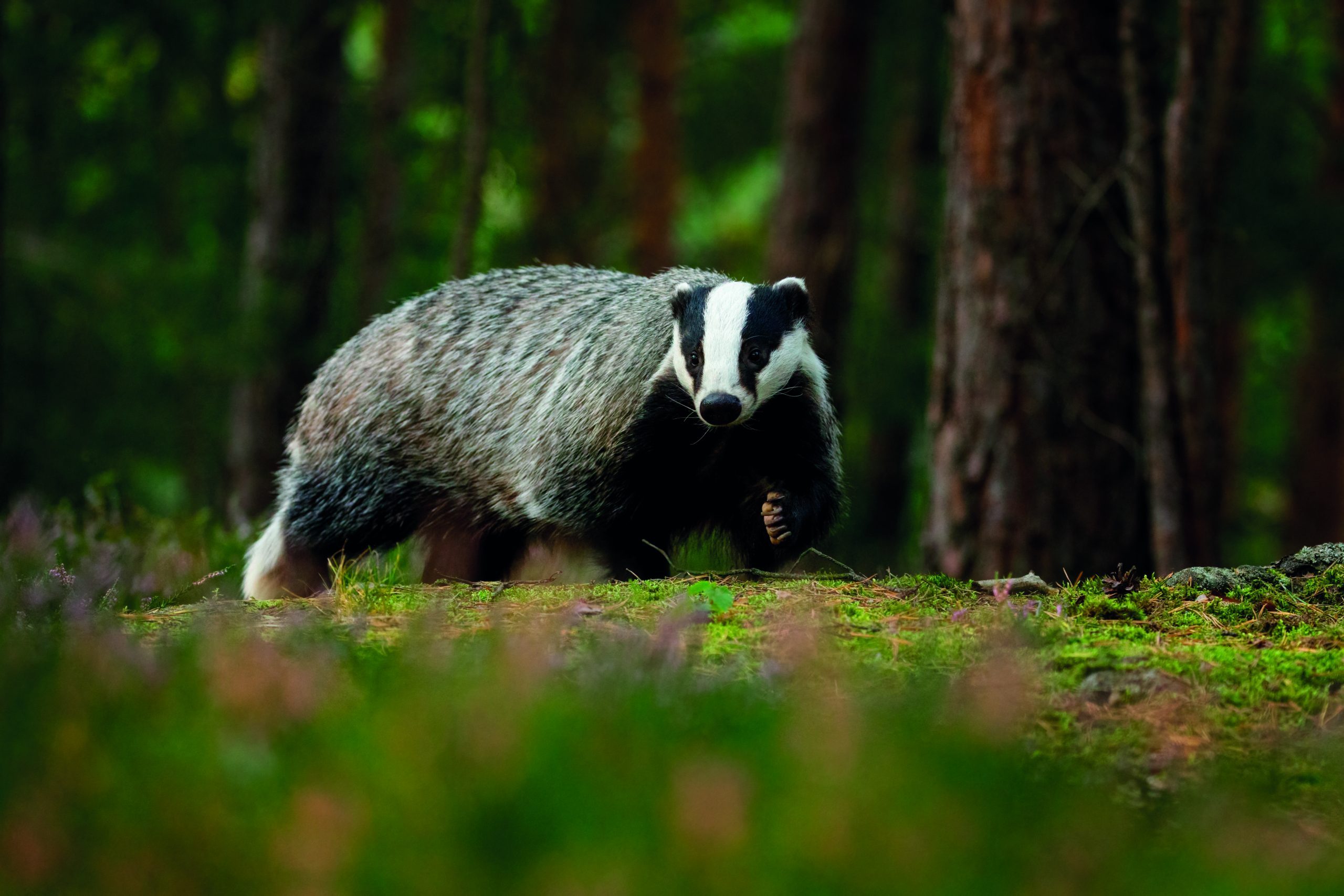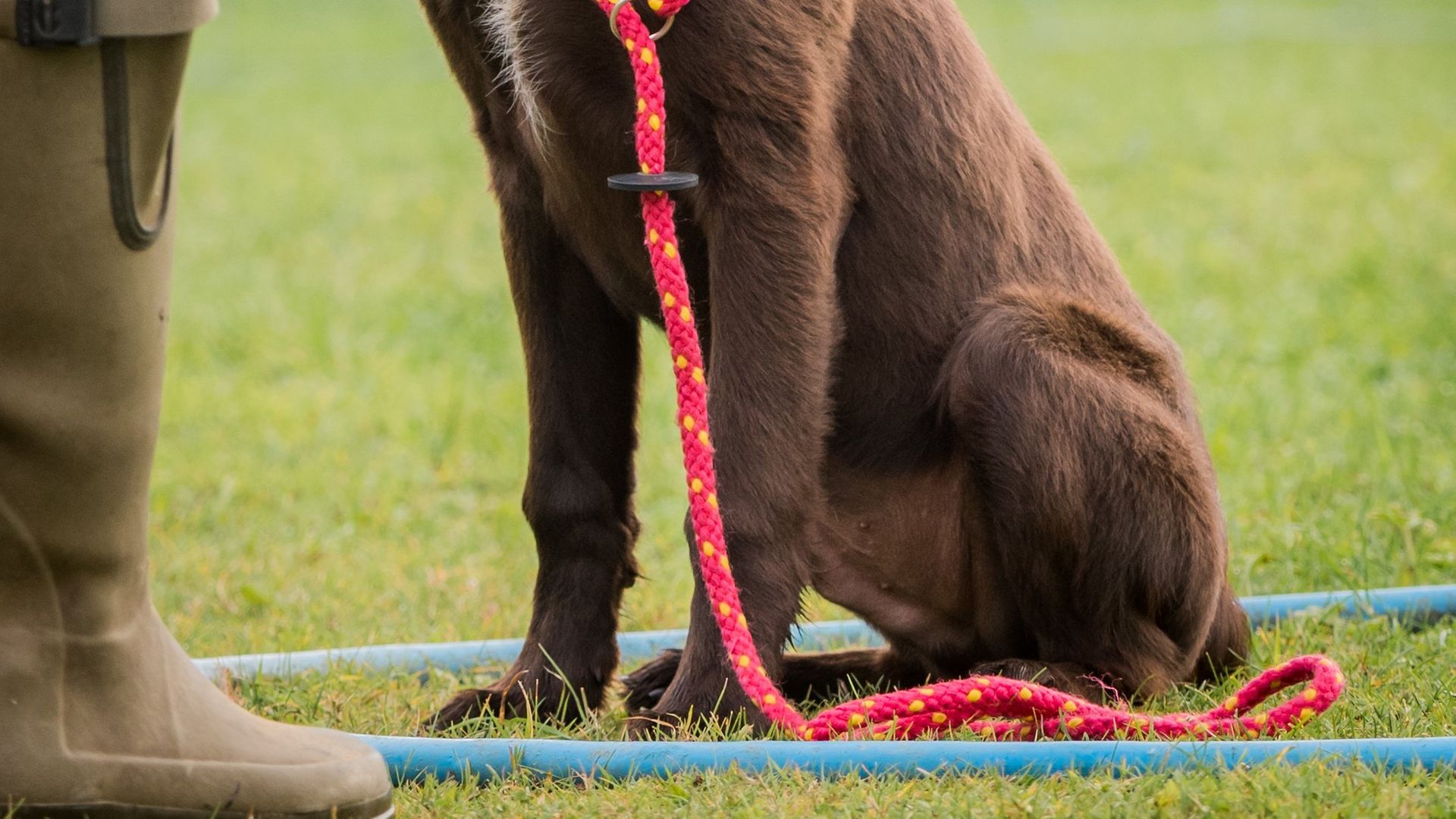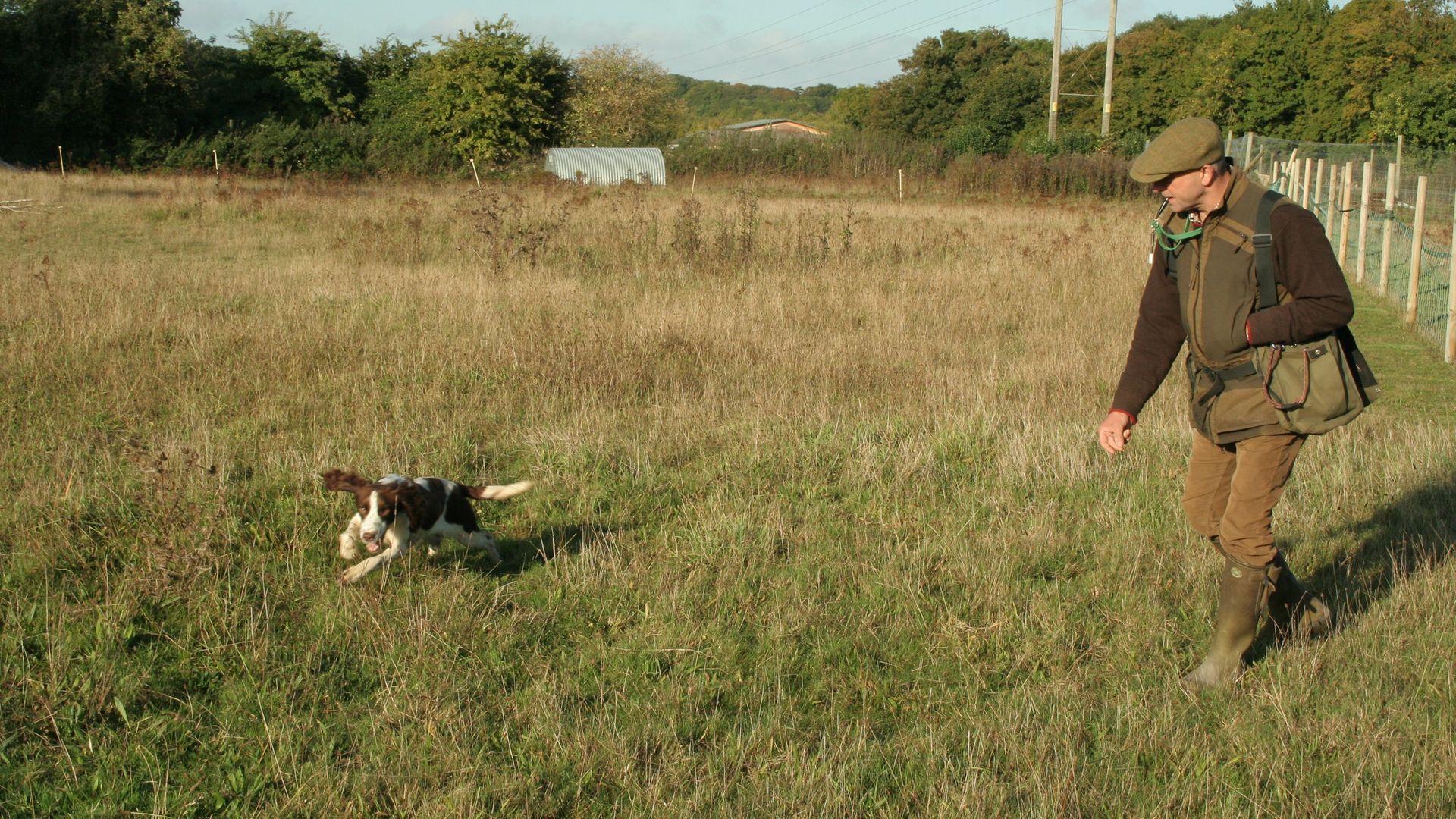Gundog puppy training: using food rewards efficiently
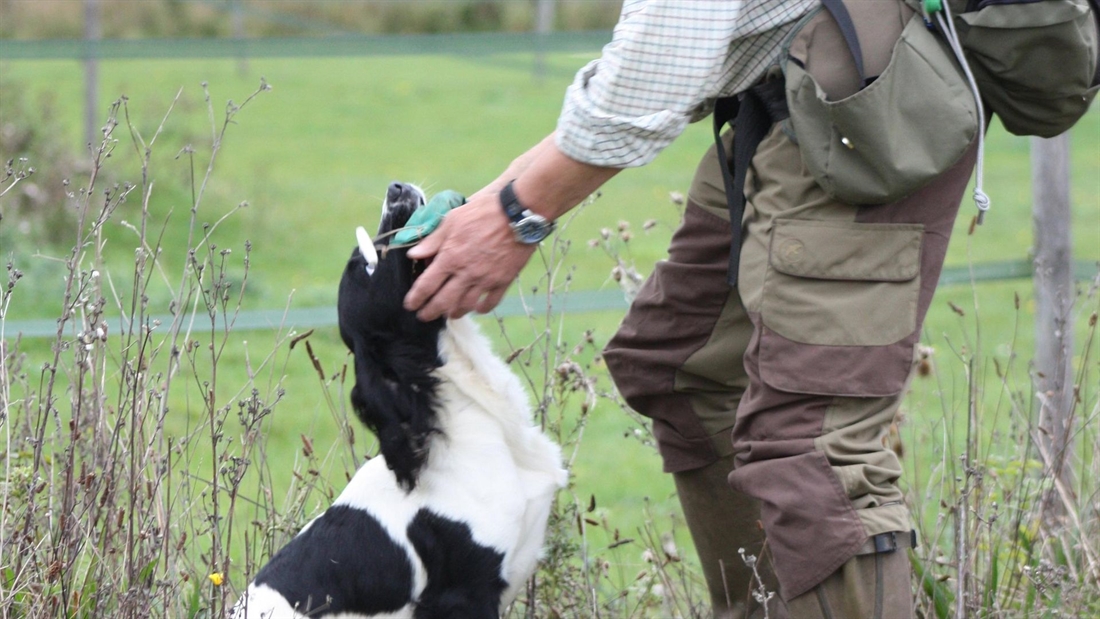
Learning how to use food rewards efficiently in order to keep your gundog puppy focused on you is a real skill; Howard Kirby explains how to do it right
For many of us, success in life hinges on our ability to develop partnerships with those around us – whether it be family, friends, colleagues, the list is endless. Of course, a partnership with our gundogs is where we’re heading with this article.
Understanding the benefits of ‘a partnership’ is going to be my starting point. If we think about partnerships and the reasons we form them, I think it would be fair to be a little blunt about the function of ‘partnership’? ‘What’s in it for me?’ would seem to be the brutal truth when considering forming such a union. What are your thoughts on the subject?
Once you put some real thought into the subject, the benefits of a ‘match made in heaven’ can be many, and enable us to do things as a team that we could not do otherwise. Partnerships may also have some negative aspects, but this is where compromise becomes important.
How to begin forming a partnership with your dog
So just exactly what can we do to form and enhance a partnership with a dog? Let’s start at the beginning, which for most of us is an eight-week-old puppy. From the get go, affection, food, a pack mentality and play will be the keys to your puppy’s heart. If utilised correctly, these will train the pup to direct its energy towards you. One of the very few things dog trainers will universally agree on is the need for the handler to get the dog to focus on you.
Here at Mullenscote, come, sit, focus, stay, finish and early heelwork is all engineered using food. The addition of a hoop or place board facilitates target training which, when combined with food rewards, is a winning formula.
Firstly, you need to have fully understood the concept of target training and how we can use it to teach a dog. In stage one of training, our aim is to teach the puppy that sitting on or in a target will bring a food reward.
Secondly, you will need to be fully conversant with food treat management (FTMS). This is an area that you will need to study in detail. Everything that happens as you engage with your puppy will hinge around your ability to manage and supply food rewards in a timely fashion. Most handlers underestimate just how important FTMS is when interacting with a dog. If this element is poor, training will fail. This aspect of the training requires that the handler has an academic understanding of the training system and, equally important, the skills to implement it. Dog training very much relies on the handler’s practical experience and skill to manoeuvre and manipulate the dog whilst rewarding at the correct moment.
Here at Mullenscote, all our classes begin with a warm-up, walking, bending, stopping, starting, running, jumping and reactivity exercises… you thought I was talking about the dogs, didn’t you? Ensuring the motor skills of handlers are primed, practised and well rehearsed is a must if the dog is to be won over.
Using a food rewards when gundog training
Ensure your dog is hungry! Sounds obvious, but in a world where a fit, athletic dog is often described as being underweight, UK dog owners often struggle with the concept of balancing a dog’s interest in food with the value of training. If your dog’s food regime is not managed in a way that stimulates them to be interested in and value food, then you will have chosen to forgo one of only a few training methods available to you as a dog trainer. If your dog is motivated to work for food, reward-based training will be much more straightforward and can be used to build and reward behaviours.
Recall, sit, focus, stay, heel and down are the fundamentals, and these aren’t behaviours that dogs offer naturally. Actually, that’s not true. Of course, they will do all of these, but training is about teaching the dog to give these behaviours on command! Food rewards are an easy and healthy way to encourage achieve this.
Now that we have manufactured a dog that is hungry for action, ensure you have food rewards that are really valuable to the dog. Some will be happy to be rewarded with the kibble that they have in their daily food ration, while some will require something a bit more sexy, such as chicken, cheese or one of the hundreds of pre-made rewards. Avoid food that is crumbly or breaks up as you handle it.
Decide on which side of you that you intend to school your dog. Traditionally, this has been on the opposite side to that on which you would carry a gun. For many dog handlers, this isn’t a consideration. If you live in a rural area and regularly need to walk on unpaved roads, then I would seriously consider training the dog to walk to heel on your right-hand side. This then means that your dog will be walking at heel (on a lead) on the inside of you as you walk towards the oncoming traffic.
Once these decisions have been made, we need to load the food into an easily accessible pocket, one with a wide gape on it. There are numerous feed treat pouches and belts that are purpose-built for this job and are something you might consider. Personally, I wear a dog training vest and choose to put the food into one of the pockets. This works really well in terms of accessibility, but the food leaves an oily mess in the pocket of the jacket.
Delivering the food treat to your dog while training
Use the hand that is closest to your dog as the hand that actually delivers the feed treat; for example, if you are training your dog on the left, feed using your left hand. Of course, the opposite applies to a dog that is on your right-hand side. If you put the food rewards into your opposite pocket, you can now use the free hand to source and load your left hand with a continual supply of readily available food rewards.
When teaching a puppy or youngster to offer behaviour for food rewards, it is the clear availability of these small pieces of food that keep the dog focused on you. In early lessons, this will need to be almost constant. Those that get this wrong will quickly school a puppy to offer a behaviour, grab the food and clear off. As you offer the reward to the dog, the ‘supply hand’ should be loaded and ready to replenish the ‘feed hand’ which, in turn, immediately shows the youngster that there is more to be had. This allows you to keep the puppy with you for progressively longer periods of time.
I’m writing this article as we suffer the humiliation of food and fuel shortages – all caused by one tiny interruption in the supply chain. Your FTMS is the supply chain, and if there is a weak link in the chain, the whole system fails.
Focus is so important from everyone involved with dog training, and we’ll continue with a second part to this article next month. In the meantime, enjoy your dogs and keeep training!

